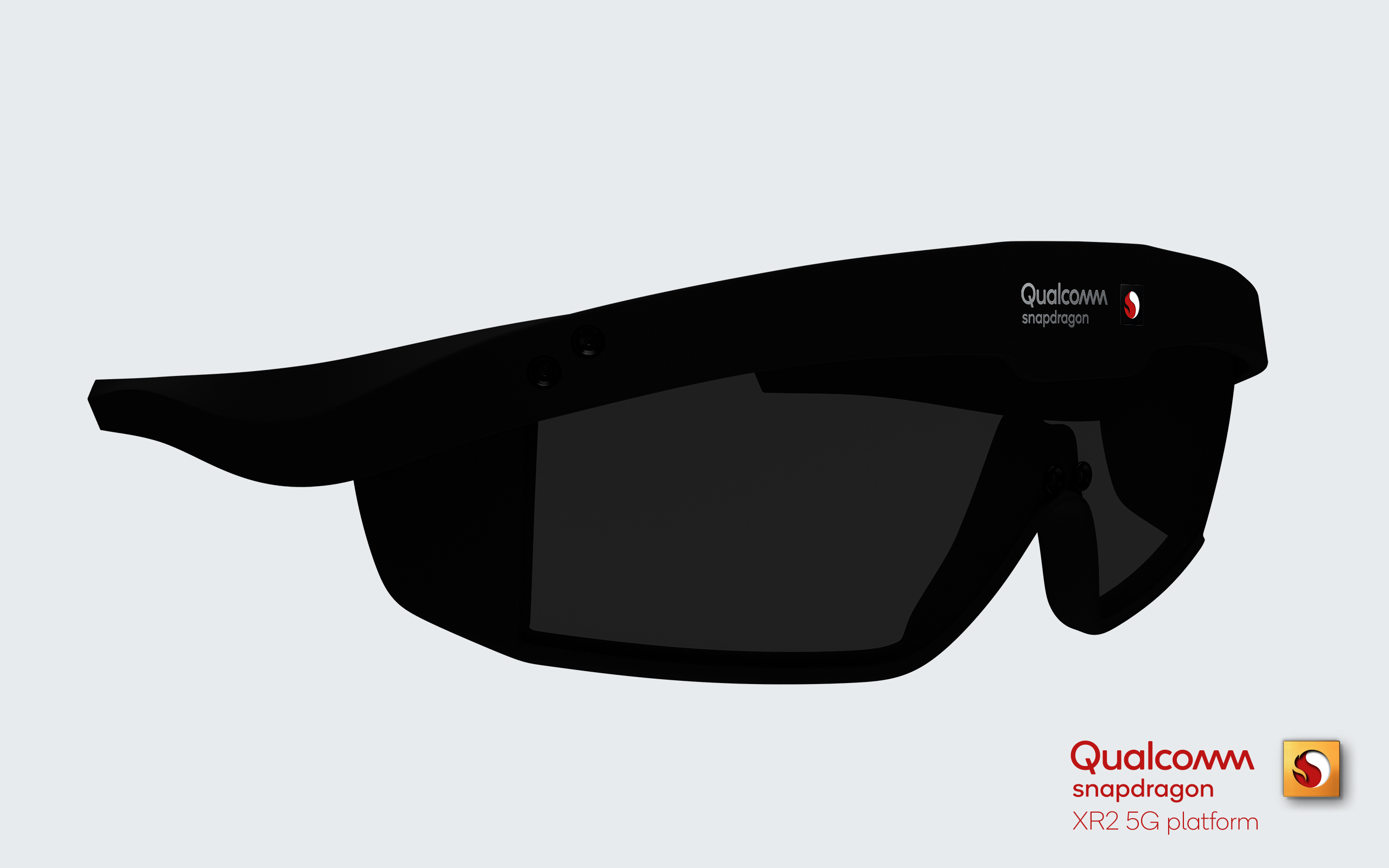Qualcomm Partners with Niantic For Next-Gen Augmented Reality Headset
Pokémon GO creator, Niantic, has been a little limited in what it can currently accomplish with augmented reality.

AR technology is already grappling with challenges such as the latency limitations of the 4G cellular networks and the mechanics of playing AR games with smartphones where players literally have to swing their smartphones to do any stuff with AR. Niantic has been working on addressing these limitations, focusing its efforts on what is realizable as 5G technology and AR glasses become more readily accessible to mainstream users. Niantic CEO John Hanke has even described AR glasses as the next big thing after smartphones.
Now Niantic is working with Qualcomm in a multi-year partnership which aims to bring AR devices to the general public in the next few years. The two companies are yet to reveal the details of their partnership but it could possibly lead to the delivery of Niantic’s games such as Pokémon GO and Harry Potter: Wizards Unite into more immersive environments via augmented reality glasses.
The announcement came on the same day that Qualcomm launched its XR2 augmented reality platform that aims to power the next generation of AR glasses that will be less bulky but much more powerful. Qualcomm has suggested that the new XR2 chipset will usher in nimbler and lightweight AR glasses that will be tethered to a module which will easily fit a user’s pocket.
Specifically, Niantic’s products are expected to incorporate the XR2 platform following the partnership and they may eventually be the reference design that will combine hardware, software as well as cloud computing. At the moment, it is unclear if the two companies will go past the reference design phase to eventually launch a consumer product.
Qualcomm’s XR2 platform that was launched today provides various features that have never seen before. The most notable of these is the fact it supports two 3K displays at up to 90 frames per second for each of the eyes. Additionally, the platform will also support 5G connectivity. Qualcomm expects augmented reality to primarily work based on 5G connectivity. With 5G, it will be possible for AR devices to deliver content at low latency while simultaneously allowing for augmented reality video chatting, gaming and many other use-cases. With the rise of cloud processing and cloud gaming, the next generation of AR devices won’t necessarily have to be too powerful-they will simply need to process things in the cloud and stream straight to the AR glasses after the processing.
The likelihood of partners adopting the Qualcomm XR2 platform in the next year is quite high even though the legacy XR1 chip will still stay in the market.
It will be interesting to watch how the new partnership between Qualcomm and Niantic will pan out. While Niantic has been involved in hardware and accessories for its games in the past, the company has never launched a major hardware product before. However, the partnership makes sense for Qualcomm as Niantic has been a key player in the creation of popular phone-based AR experiences such as Pokémon Go and Harry Potter: Wizards Unite.
https://virtualrealitytimes.com/2019/12/06/qualcomm-partners-with-niantic-for-next-gen-augmented-reality-headset/https://virtualrealitytimes.com/wp-content/uploads/2019/12/Qualcomm-Snapdragon-XR2-Platform-Concept-Design-600x375.jpghttps://virtualrealitytimes.com/wp-content/uploads/2019/12/Qualcomm-Snapdragon-XR2-Platform-Concept-Design-150x90.jpgAugmented RealityTechnologyPokémon GO creator, Niantic, has been a little limited in what it can currently accomplish with augmented reality. AR technology is already grappling with challenges such as the latency limitations of the 4G cellular networks and the mechanics of playing AR games with smartphones where players literally have to swing...Sam OchanjiSam Ochanji[email protected]EditorVirtual Reality Times - Metaverse & VR
